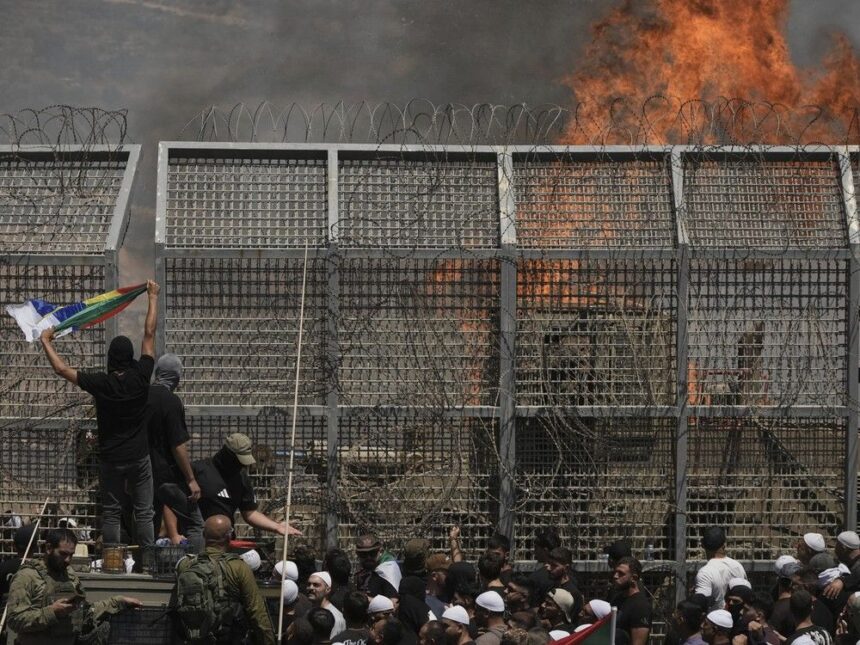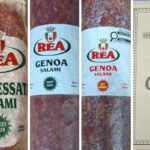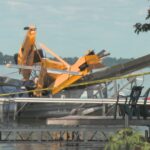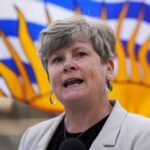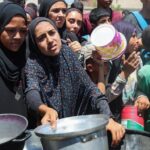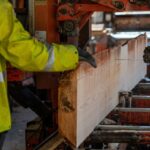In the fractured landscape of the Golan Heights, a rare and forceful uprising has emerged among the Druze community following a devastating attack in southwestern Syria that left more than 30 civilians dead. Hundreds of Druze residents from the Israeli-annexed territory have taken to the streets in recent days, their anger directed at what they perceive as Israel’s inadequate response to protect their ethnic kin across the border.
“This is not just about politics—it’s about our families, our blood,” said Salman Fakhr El-Din, a community leader from Majdal Shams, the largest Druze town in the Golan. “When we see our brothers and sisters being massacred just kilometers away, while Israel stands by, the pain becomes unbearable.”
The protests, which began peacefully but have grown increasingly tense, represent one of the most significant challenges to Israel’s authority in the region since it captured the strategic plateau from Syria in the 1967 Six-Day War and formally annexed it in 1981. Demonstrators have blocked roads, burned tires, and engaged in confrontations with Israeli security forces, demanding immediate military intervention against jihadist groups operating near the Syrian-Israeli frontier.
At the heart of this crisis lies the complex identity of the Golan Druze. Unlike their coreligionists in Israel proper, who have historically integrated into Israeli society and serve in the Israel Defense Forces, most Golan Druze have maintained Syrian citizenship and strong ties to Damascus. This duality has placed them in an increasingly precarious position as Syria’s civil war has raged on, with extremist factions repeatedly targeting Druze communities.
The Israeli military has responded to the demonstrations with a combination of restraint and firm control, deploying anti-riot units but largely avoiding escalation. “We understand the community’s concerns,” stated IDF spokesperson Lieutenant Colonel Nadav Shoshani. “However, direct military intervention in Syria presents significant strategic complications that extend beyond the immediate humanitarian concerns.”
Security analysts suggest Israel faces a genuine dilemma. “Israel has established a careful framework for limited intervention in Syria, primarily focused on preventing Iranian entrenchment and weapons transfers to Hezbollah,” explained Dr. Carmit Valensi from the Institute for National Security Studies. “Expanding this framework to protect Druze villages could draw Israel deeper into the Syrian conflict, potentially triggering broader regional escalation.”
The Israeli government has instead offered humanitarian assistance and indicated it would consider accepting wounded Druze civilians for medical treatment, as it has done with thousands of Syrian casualties throughout the civil war. Prime Minister Benjamin Netanyahu addressed the situation during a cabinet meeting, stating: “We are monitoring developments closely and will act responsibly to protect our security interests while remaining attentive to the humanitarian situation.”
For many Druze protesters, however, these assurances ring hollow. “Words will not stop the bloodshed,” said Amal Ibrahim, a 34-year-old protester from Buq’ata. “Every day we receive videos and messages from relatives just across the border begging for protection. How can we sit quietly while they face extermination?”
The unrest highlights the precarious balance Israel maintains in managing its northern frontier. The country has conducted hundreds of airstrikes in Syria since the civil war began in 2011, targeting what it describes as Iranian military assets and weapons shipments bound for Hezbollah. Yet it has generally avoided direct involvement in protecting specific civilian populations within Syria, despite maintaining what military officials describe as a “good neighbor” policy of limited humanitarian assistance.
The situation also underscores the fragmentation of Syria after more than a decade of devastating conflict. The southwestern region bordering the Golan remains contested between regime forces, opposition groups, and extremist factions, with civilians caught in the crossfire. Recent attacks against Druze villages appear designed to sow sectarian discord and destabilize areas where President Bashar al-Assad’s government has struggled to reassert full control.
As tensions escalate, Israeli security officials fear that prolonged protests could be exploited by hostile actors seeking to create new pressure points along an already volatile frontier. Intelligence reports suggest that Iran and its proxies closely monitor developments in the Golan, looking for opportunities to leverage local grievances against Israeli interests.
The question now facing both the Druze community and Israeli authorities is whether common ground can be found before the situation deteriorates further. Will Israel modify its Syrian intervention policy to address the specific threat to Druze villages, or will the protesters eventually accept the limitations of what Israel is willing to do beyond its borders? In a region where identity, security, and history are inextricably linked, finding answers that satisfy all parties may prove elusive.

